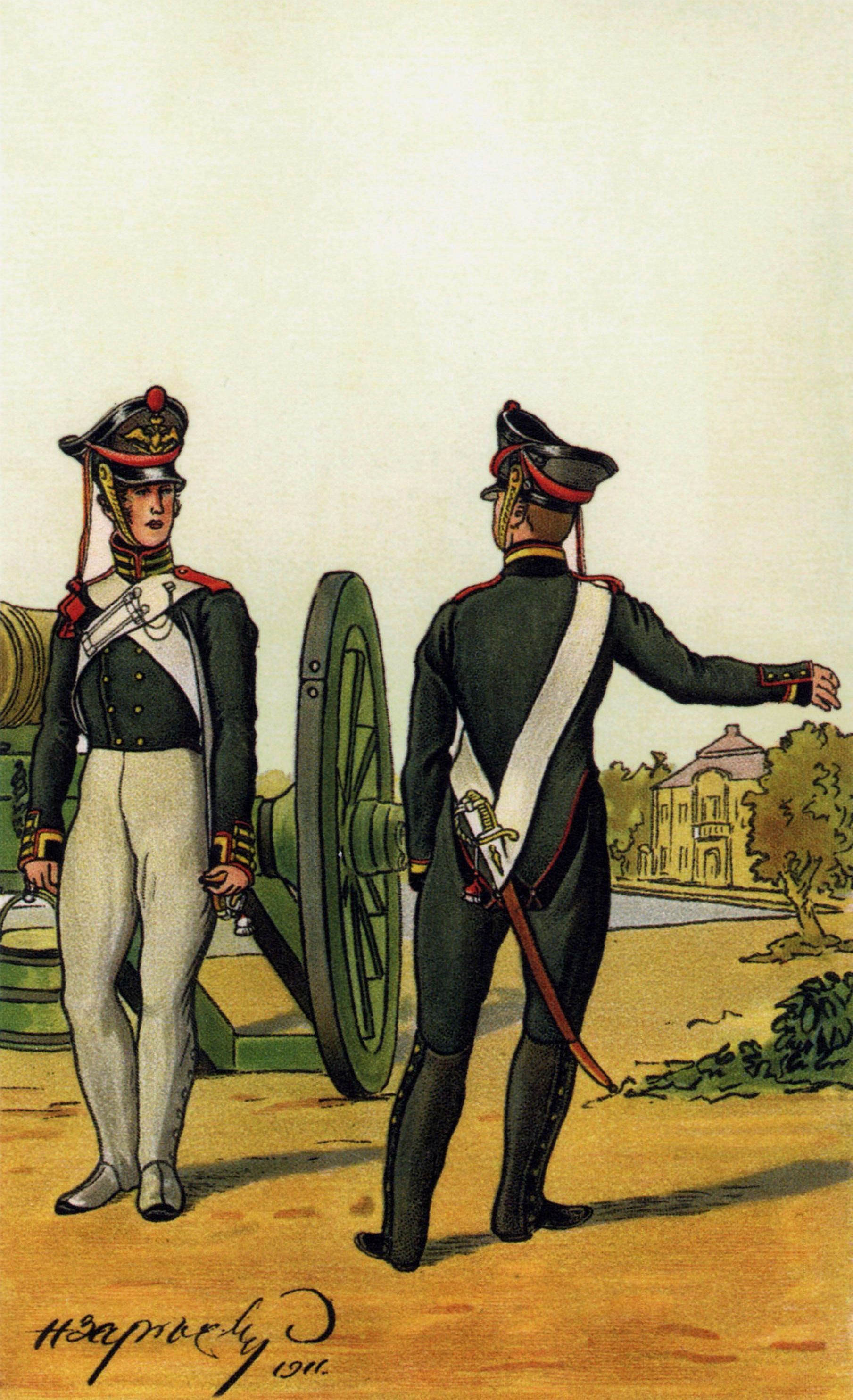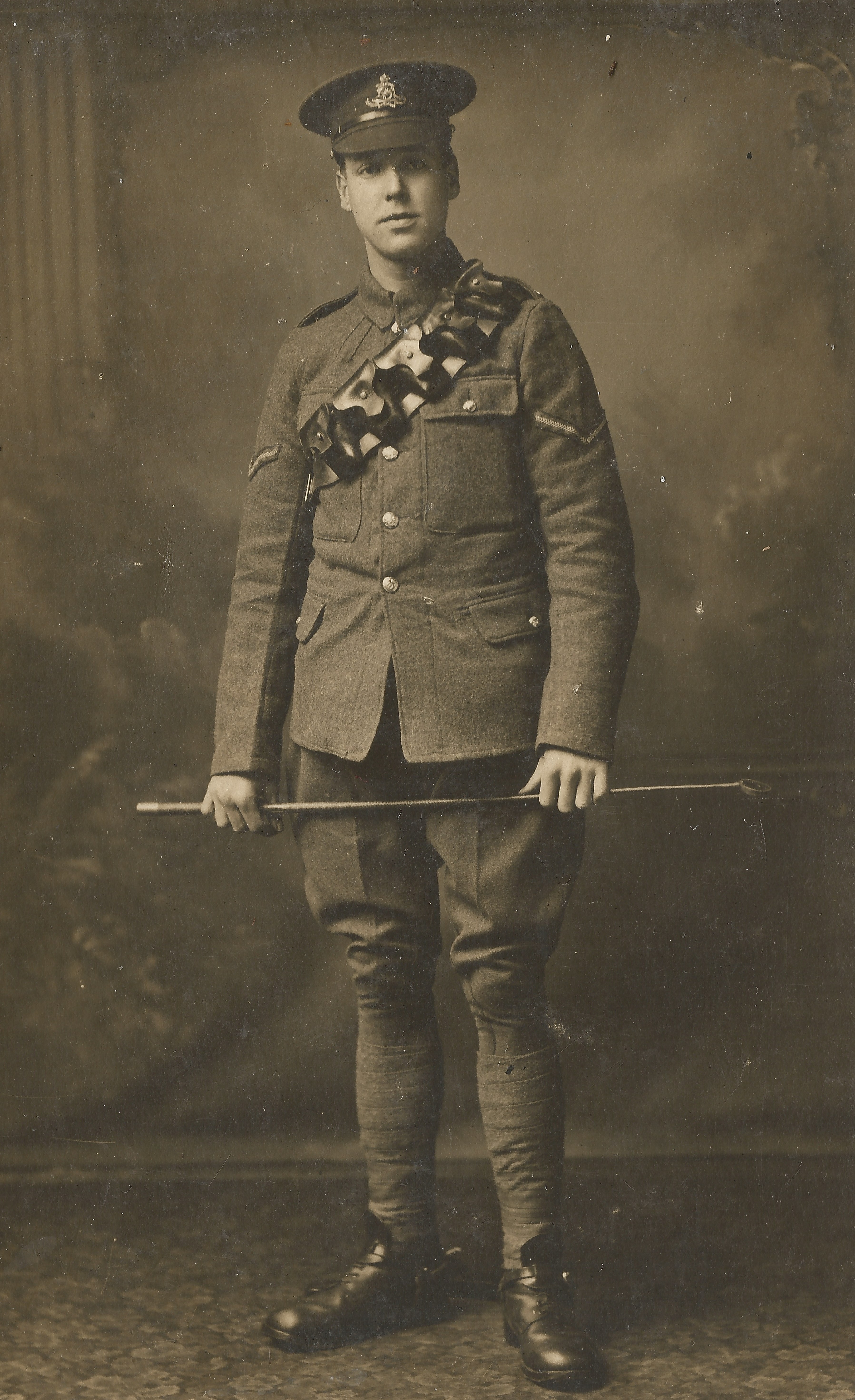Bombardier (rank) on:
[Wikipedia]
[Google]
[Amazon]
 Bombardier () is a military rank that has existed since the 16th century in
Bombardier () is a military rank that has existed since the 16th century in 
 Bombardier () is a military rank that has existed since the 16th century in
Bombardier () is a military rank that has existed since the 16th century in artillery
Artillery is a class of heavy military ranged weapons that launch munitions far beyond the range and power of infantry firearms. Early artillery development focused on the ability to breach defensive walls and fortifications during sie ...
regiments of various armies, such as in the British Army
The British Army is the principal land warfare force of the United Kingdom, a part of the British Armed Forces along with the Royal Navy and the Royal Air Force. , the British Army comprises 79,380 regular full-time personnel, 4,090 Gur ...
and the Prussian Army
The Royal Prussian Army (1701–1919, german: Königlich Preußische Armee) served as the army of the Kingdom of Prussia. It became vital to the development of Brandenburg-Prussia as a European power.
The Prussian Army had its roots in the co ...
. Traditionally the bombardier tended the vents at the top of breeches, handled the final assembly of ammunition and placed the ammunition in the muzzles for the gunners to fire. It is today equivalent to the rank of corporal
Corporal is a military rank in use in some form by many militaries and by some police forces or other uniformed organizations. The word is derived from the medieval Italian phrase ("head of a body"). The rank is usually the lowest ranking non- ...
in other branches. The rank of lance bombardier is the artillery counterpart of lance corporal
Lance corporal is a military rank, used by many armed forces worldwide, and also by some police forces and other uniformed organisations. It is below the rank of corporal, and is typically the lowest non-commissioned officer (NCO), usually equi ...
.

Commonwealth armies
Bombardier (Bdr) and lance bombardier (LBdr or L/Bdr) are used by theBritish Army
The British Army is the principal land warfare force of the United Kingdom, a part of the British Armed Forces along with the Royal Navy and the Royal Air Force. , the British Army comprises 79,380 regular full-time personnel, 4,090 Gur ...
in the Royal Artillery
The Royal Regiment of Artillery, commonly referred to as the Royal Artillery (RA) and colloquially known as "The Gunners", is one of two regiments that make up the artillery arm of the British Army. The Royal Regiment of Artillery comprises t ...
and Royal Horse Artillery
The Royal Horse Artillery (RHA) was formed in 1793 as a distinct arm of the Royal Regiment of Artillery (commonly termed Royal Artillery) to provide horse artillery support to the cavalry units of the British Army. (Although the cavalry link r ...
. The same applies to the Royal Australian Artillery, the Royal Regiment of New Zealand Artillery
The Royal Regiment of New Zealand Artillery is the artillery regiment of the New Zealand Army. It is effectively a military administrative corps, and can comprise multiple component regiments. This nomenclature stems from its heritage as an of ...
, the South African Army Artillery Formation
The South African Army Artillery Formation is the controlling entity of all South African Army artillery units. It draws much of its history from the South African Artillery, established in 1934 but with roots that reach back to 1921. The formati ...
and the Armed Forces of Malta
The Armed Forces of Malta ( mt, Forzi Armati ta' Malta) is the name given to the combined armed services of Malta. The AFM is a brigade sized organisation consisting of a headquarters and three separate battalions, with minimal air and naval ...
. The Royal Regiment of Canadian Artillery uses the ranks of master bombardier and bombardier, corresponding to master corporal and corporal.
Originally, the Royal Artillery had corporals, but not lance corporals. Unlike a lance corporal, a bombardier, who was junior to a corporal, held full non-commissioned rank and not an acting appointment. The rank was equivalent to second corporal in the Royal Engineers
The Corps of Royal Engineers, usually called the Royal Engineers (RE), and commonly known as the '' Sappers'', is a corps of the British Army. It provides military engineering and other technical support to the British Armed Forces and is head ...
and Army Ordnance Corps.
In 1920 corporals were abolished in the Royal Artillery; bombardiers became the equivalent and acquired the normal two chevrons.
The rank of lance bombardier originated as acting bombardier, an appointment similar to lance corporal and also indicated by a single chevron. The appointment was renamed lance bombardier in February 1918. It became a full rank, along with lance corporal, in 1961.
See also
* British Army other ranks rank insignia *List of comparative military ranks
This article is a list of various nations' armed forces ranking designations. Comparisons are made between the different systems used by nations to categorize the hierarchy of an armed force compared to another. Several of these lists mention '' ...
* Canadian Armed Forces ranks and insignia
References
External links
*{{Wikisource-inline, list= **{{Cite NIE, wstitle=Bombardier, year=1905, short=x , noicon=x **{{Cite EB1911, wstitle=Bombardier , short=x , noicon=x Military ranks of the Commonwealth Military ranks of Australia Military ranks of Canada Military ranks of the British Army Artillery speciality Royal Artillery Military ranks of Germany